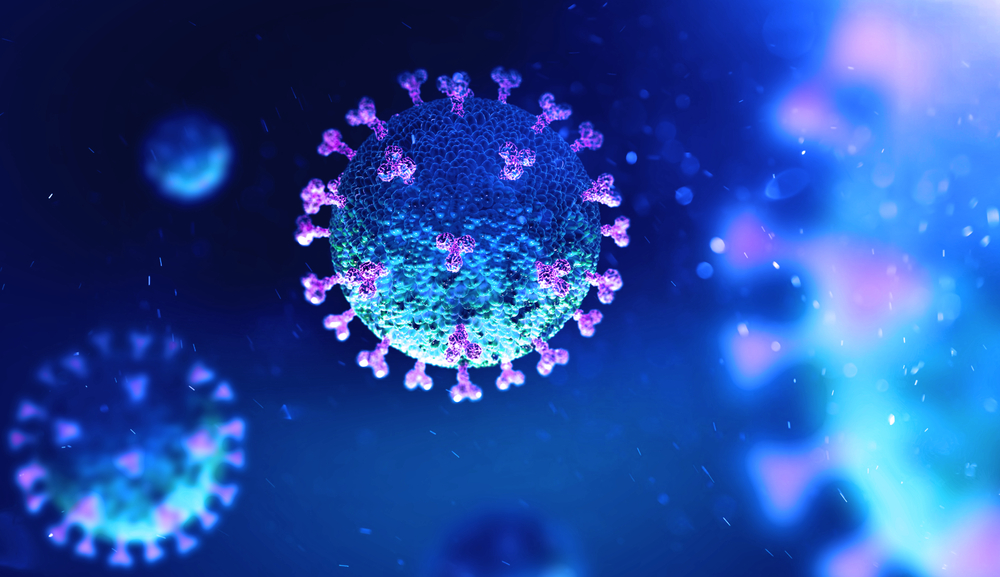Biosafety measures for protection from exposure to the novel coronavirus, COVID-19 is changing day to day. Lab personnel should adapt based on CDC, WHO, and OSHA standards. While general guidance, such as frequent hand washing still applies, those exposed to the virus need extra precautions.
Obviously, all of these precautions may not apply to every lab. The first task for any lab that has any exposure to COVID-19 – for testing or research purposes – should conduct a thorough hazard assessment.
The following information comes from CDC Website, updated as of March 13th, 2020
Q: How should a lab perform risk assessment?
A: Assessment and mitigation depend on your procedures. Additionally, you want to consider the competency of the personnel, the type and state of you laboratory equipment, and the resources available to you.
Resources:
- Laboratory biosafety guidance related to the novel coronavirus (2019-nCoV)
- Risk Assessment Best Practices
- World Health Organization Laboratory Biosafety Manual, 3rd
Q: Are Level 2 Biosafety Cabinets (BSCs) required for COVID-19 Specimens?
A: Laboratories that perform diagnostic tests on serum, stool, blood, or ruin should handle COVID-19 with the same precautions. However, any test with the potential to generate aerosol or droplets should be performed in a BSC that is certified Class 2.
Resources:
- CDC 2019-Novel Coronavirus (2019-nCoV) Real-Time RT-PCR Diagnostic Panel
- Interim Laboratory Biosafety Guidelines for Handling and Processing Specimens Associated with Coronavirus Disease 2019 (COVID-19)
- Laboratory biosafety guidance related to the novel coronavirus (2019-nCoV)
Q: What disinfectant should personnel use to decontaminate the lab?
A: Products that are EPA-registered disinfectants with claims to be effective against other respiratory pathogens should be used. Basically, hospital grade disinfectants that protect against seasonal influenza and other human coronaviruses.
Resources:
- Interim Infection Prevention and Control Recommendations for Patients with Confirmed 2019 Novel Coronavirus (2019-nCoV) or Persons Under Investigation for 2019-nCoV in Healthcare Settings
- CDC 2019-Novel Coronavirus (2019-nCoV) Real-Time RT-PCR Diagnostic Panel
- Laboratory biosafety guidance related to the novel coronavirus (2019-nCoV)
Q: How should biohazardous waste in the laboratory be removed? Do you need an autoclave?
A: For waste associated with COVID-19, lab personnel should follow standard procedures. Biohazardous waste containers should be leakproof and closed prior to removal from the lab for decontamination.
While an autoclave is preferred, if you do not have one in the lab then pack waste in accordance with general policy and procedures.
Resources:
Q: What are lab Standard Precautions?
A: Standard Precautions include hand hygiene, as well as the use of lab coats, gloves, eye protection, and face shields. However, the extent of this will depend on the anticipated exposure.
Resources:
- 2007 Guideline for Isolation Precautions: Preventing Transmission of Infectious Agents in Healthcare Settings
- CDC Isolation Precautions
The CDC websites are continuously updating with new information and precautions to help keep everyone safe. All labs should be following routine practices and procedures for decontamination of work surfaces and the management of lab waste.
While the general public is on high alert, your lab and staff are on the front lines. Here, we will keep you informed and provide decontamination and repair services as needed.
SEPS and Cryostar Industries serves New York State and the 5 Boroughs, as well as Connecticut, New Jersey, and surrounding areas. Our team of technicians will be dispatched to your lab, hospital, school, or any other facility to help you protect your staff.
